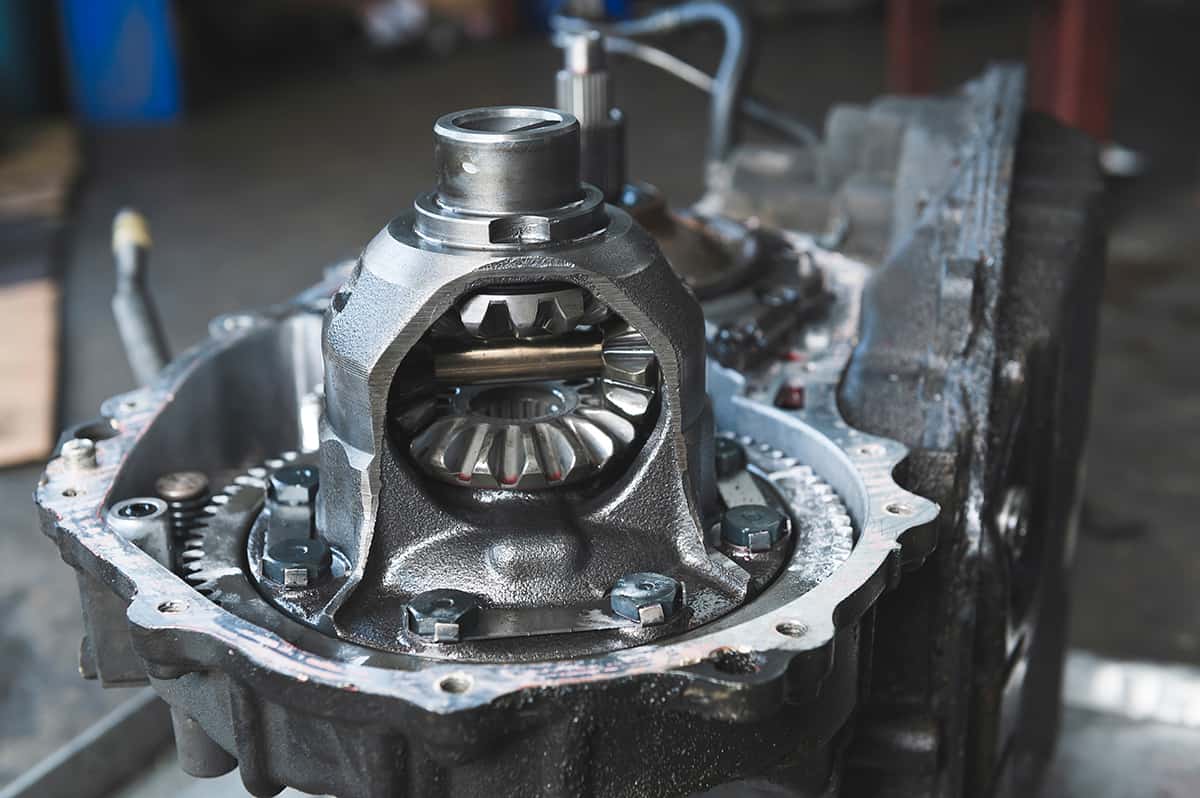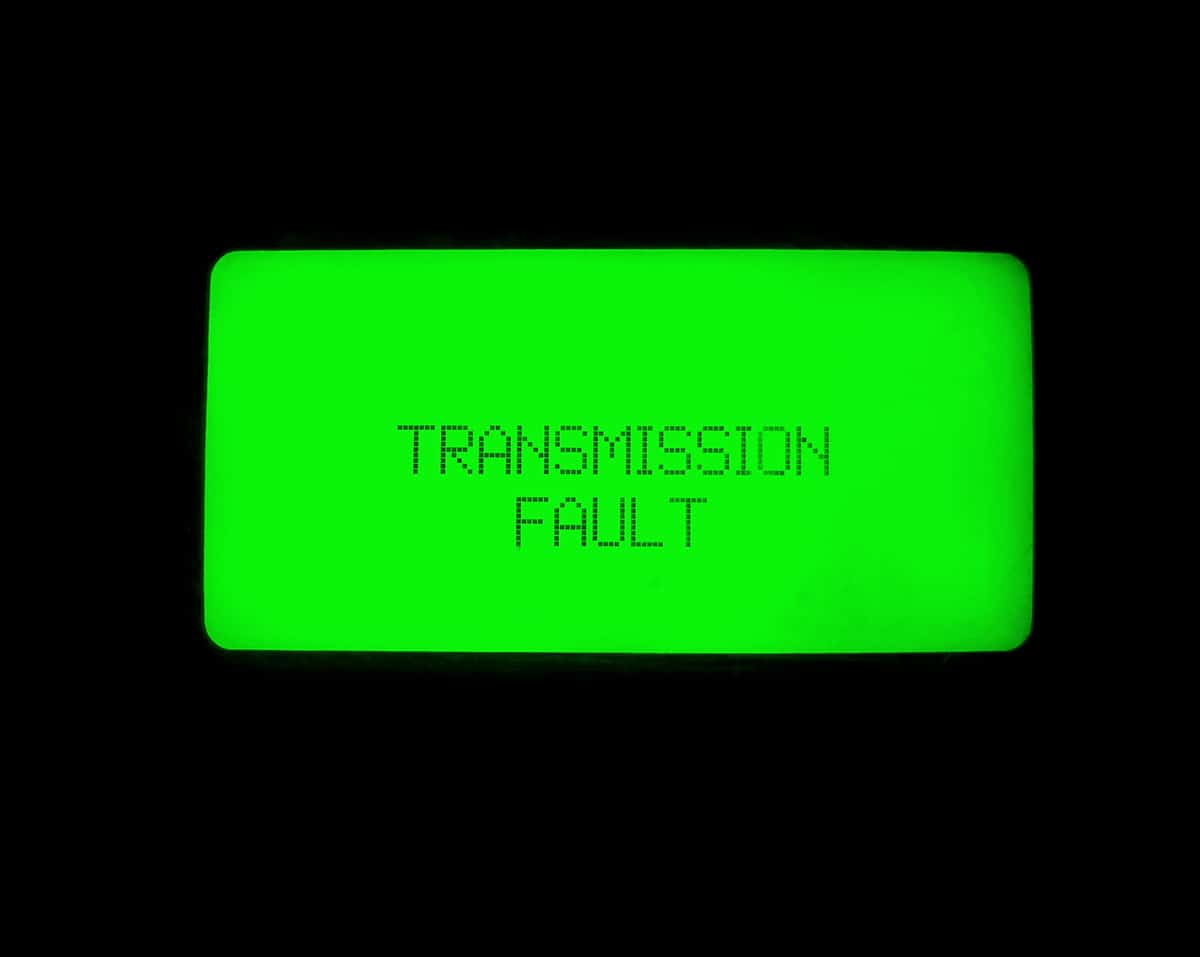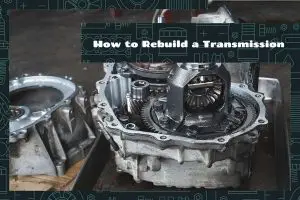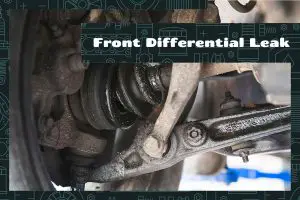The transmission is a key part of any vehicle. It helps control the power from the engine to the wheels. When something goes wrong with the transmission, it can be a big problem. Your vehicle will communicate to you that its transmission is problematic with the error message “Transmission Fault Service Now.”
Here is a list of the most common causes of the Transmission Fault Service Now error:
- Faulty transmission control module (TCM)
- Dying or dead battery
- Low transmission fluid level
- Transmission speed sensor problems
- Transmission ground issues
- Electrical problems
In this article, we will learn about transmission faults, what causes them, and how to fix them.
The Role of Transmission in a Vehicle
The transmission is a vital component of a vehicle, responsible for transferring power from the engine to the wheels. It allows the vehicle to move efficiently by selecting the appropriate gear ratios for different driving conditions.
There are two main types of transmissions: manual and automatic. Manual transmissions require the driver to shift gears manually, while automatic transmissions handle gear changes autonomously. Both types need regular maintenance to ensure smooth performance and prevent potential problems.
Transmission Fault Service Now—What Does it Mean?
“Transmission Fault Service Now” is a warning message indicating that there is an issue with your vehicle’s transmission system. This warning should be taken seriously, as ignoring it can lead to further complications or even complete transmission failure.
Signs of Transmission Problems
Watch out for these signs of transmission trouble:
1. Slipping Gears

If your vehicle suddenly changes gears without you doing anything, the gears might be slipping. This can be caused by low fluid levels or worn parts.
2. Delayed Gear Engagement
If there is a delay between shifting gears and the vehicle responding, this could be a sign of a transmission problem. The cause might be low fluid levels or worn parts.
3. Erratic Shifts
If your vehicle shifts gears at strange times or too quickly, there might be a problem with the transmission. This can be caused by low fluid levels or faulty sensors.
4. Unusual Noises

If you hear strange sounds from your vehicle, like grinding or whining, there could be a transmission problem. These sounds can be caused by low fluid levels or worn parts.
5. Transmission Warning Light
The transmission warning light on your dashboard is a sign that there is a problem. You should get your vehicle checked out if this light comes on.
Causes of Transmission Faults
There are several reasons why a transmission might have a fault. Here are some common ones:
1. Faulty transmission control module (TCM)
The TCM is responsible for managing the automatic transmission’s gear shifts and overall performance. A malfunctioning TCM can lead to erratic shifting, delayed gear engagement, and even total transmission failure.
2. Dying or dead battery
A weak or completely dead battery can adversely affect the transmission system by providing insufficient power to the vehicle’s electrical components. This may manifest in the form of transmission faults, erratic shifting, or even complete transmission failure.
3. Low transmission fluid level
An insufficient transmission fluid level can cause numerous issues, such as overheating, gear slipping, and rough shifting. The fluid acts as a lubricant and coolant, ensuring the smooth functioning of the transmission.
4. Transmission speed sensor problems
Transmission speed sensors play a crucial role in monitoring the input and output shaft speeds of the transmission. When these sensors malfunction, they can cause a variety of issues, such as erratic shifting, incorrect gear selection, and even triggering warning lights on the dashboard.
5. Grounding issues
Proper grounding is critical for the efficient functioning of the transmission system. Grounding issues can disrupt the electrical flow, leading to transmission malfunctions and erratic performance.
6. Electrical problems
Electrical issues, such as damaged wiring, blown fuses, and corroded connectors, can lead to a variety of transmission faults. These problems can manifest in the form of erratic shifting, delayed gear engagement, and even transmission warning lights.
Common Fixes for Transmission Faults

Here are some ways to fix transmission faults:
1. Checking and Topping Off Transmission Fluid
Regularly monitoring the transmission fluid level is essential for maintaining the system’s performance. To check the fluid, locate the transmission dipstick, remove it, wipe it clean, and reinsert it fully. Then, remove the dipstick again and observe the fluid level. If the level is below the recommended range, top off the fluid with the appropriate type specified in the vehicle owner’s manual.
2. Repairing Transmission Fluid Leaks
Fixing transmission fluid leaks is crucial for maintaining optimal transmission performance. First, identify the source of the leak by inspecting the transmission pan, gaskets, seals, and cooler lines. Once the leak source is located, replace the damaged parts or seals to prevent further fluid loss. In some cases, it may be necessary to consult a professional mechanic for more complex repairs.
3. Addressing Overheating Issues
Preventing transmission overheating is vital for prolonging its lifespan and avoiding costly repairs. To address overheating, ensure that the transmission fluid is at the proper level and replace it if it appears dirty or burnt. Additionally, check the vehicle’s cooling system for any issues and consider installing a dedicated transmission cooler to help dissipate heat more effectively.
4. Replacing Faulty Sensors and Solenoids
Sensors and solenoids play an essential role in managing gear shifts and overall transmission performance. If any of these components are faulty, they can cause erratic shifting, delayed gear engagement, or other transmission issues. To fix these problems, use a diagnostic tool to identify the malfunctioning sensors or solenoids and then replace them with new, functioning components.
Preventative Maintenance for Transmission Health
Proactive maintenance is key to ensuring the longevity and proper functioning of your vehicle’s transmission. By following a few essential steps, you can minimize the risk of transmission problems and costly repairs.
- Regular fluid changes—Transmission fluid plays a critical role in lubricating, cooling, and cleaning the internal components of the transmission. Follow your vehicle manufacturer’s recommended intervals for fluid changes, which can typically be found in the owner’s manual. Fluid changes help maintain optimal performance and prevent issues related to contaminants and degraded fluid.
- Inspecting transmission components—Periodically examine your transmission system for signs of wear or damage. Check for fluid leaks, damaged seals, or loose connections. If you notice any issues, address them promptly to avoid further complications.
- Monitor fluid levels—Check the transmission fluid level regularly using the dipstick, and top it off if necessary. Maintaining proper fluid levels helps prevent overheating, gear slipping, and poor shifting.
- Keep your vehicle’s cooling system in good condition—The cooling system helps regulate the temperature of your engine and transmission. Regularly inspect the radiator, hoses, and coolant levels to ensure efficient cooling and prevent transmission overheating.
- Pay attention to warning signs—If you notice any unusual symptoms, such as slipping gears, erratic shifts, or strange noises, address these issues immediately. Early detection and intervention can prevent more severe transmission problems and costly repairs.
- Follow a routine maintenance schedule—Adhering to a regular maintenance schedule for your vehicle, including oil changes, tire rotations, and filter replacements, contributes to the overall health of your vehicle and its transmission.
FAQs
1. How often should I change my transmission fluid?
The frequency of transmission fluid changes depends on your vehicle’s make and model. Generally, it’s recommended to change the fluid every 30,000 to 60,000 miles. Consult your owner’s manual for specific recommendations for your vehicle.
2. Can I drive with a transmission fault service now warning?
Driving with a “transmission fault service now” warning is not advisable, as it could lead to more severe issues or damage. It’s best to address the problem immediately and have your vehicle inspected by a professional mechanic.






